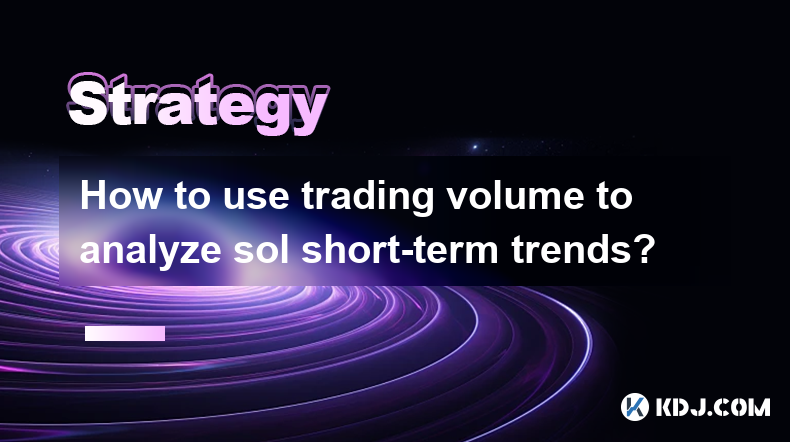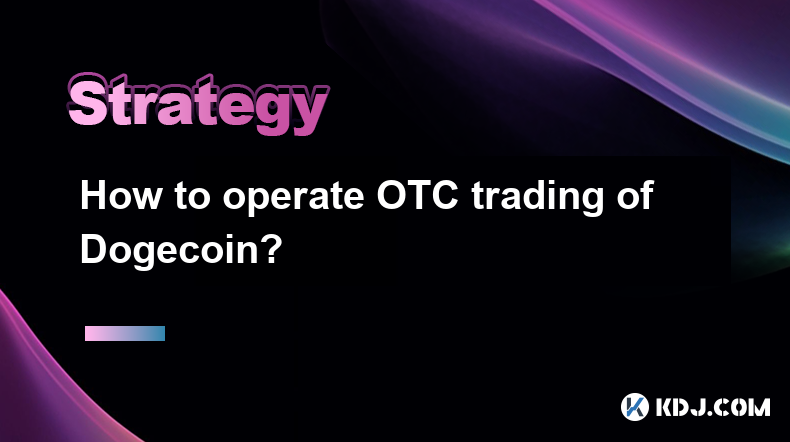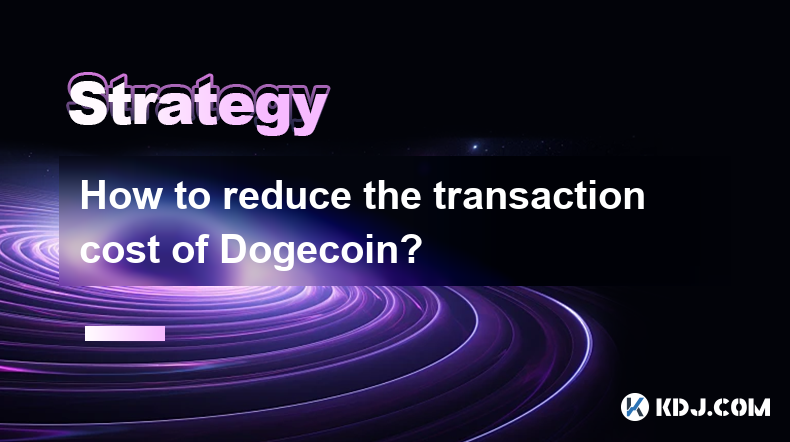-
 Bitcoin
Bitcoin $84,670.2229
-0.03% -
 Ethereum
Ethereum $1,590.1766
-0.37% -
 Tether USDt
Tether USDt $0.9999
0.00% -
 XRP
XRP $2.0803
-1.21% -
 BNB
BNB $591.4388
0.85% -
 Solana
Solana $134.3324
0.82% -
 USDC
USDC $1.0000
0.02% -
 TRON
TRON $0.2448
-1.33% -
 Dogecoin
Dogecoin $0.1555
-0.77% -
 Cardano
Cardano $0.6160
-0.55% -
 UNUS SED LEO
UNUS SED LEO $9.1458
-3.34% -
 Chainlink
Chainlink $12.6313
1.28% -
 Avalanche
Avalanche $19.1061
-0.86% -
 Stellar
Stellar $0.2442
2.76% -
 Toncoin
Toncoin $2.9962
1.36% -
 Shiba Inu
Shiba Inu $0.0...01202
1.15% -
 Hedera
Hedera $0.1658
3.79% -
 Sui
Sui $2.1296
1.05% -
 Bitcoin Cash
Bitcoin Cash $332.8741
-0.22% -
 Polkadot
Polkadot $3.7215
2.17% -
 Litecoin
Litecoin $75.7495
0.64% -
 Hyperliquid
Hyperliquid $16.6482
-0.02% -
 Dai
Dai $1.0000
0.01% -
 Bitget Token
Bitget Token $4.3709
-0.17% -
 Ethena USDe
Ethena USDe $0.9991
0.01% -
 Pi
Pi $0.6208
2.80% -
 Monero
Monero $219.0868
0.91% -
 Uniswap
Uniswap $5.2043
-0.30% -
 Pepe
Pepe $0.0...07151
-1.97% -
 OKB
OKB $50.1430
-2.43%
How to use trading volume to analyze sol short-term trends?
Solana (SOL) short-term trend analysis uses volume to confirm price movements; high volume validates trends, while low volume suggests weakness and potential reversals. Combining volume with indicators like RSI or MACD enhances accuracy.
Mar 22, 2025 at 03:28 am

Key Points:
- Understanding Trading Volume's Role: Trading volume acts as a confirmation tool for price movements in SOL. High volume confirms a trend, while low volume suggests weakness and potential reversals.
- Identifying Support and Resistance with Volume: Volume spikes near support and resistance levels provide crucial insights into the strength of those price points. High volume on a break confirms the break; low volume suggests a weak breakout.
- Divergence Analysis: Volume divergence, where price makes new highs/lows but volume fails to confirm, is a significant bearish/bullish signal.
- Relative Volume: Comparing current volume to recent average volume provides a more normalized view of trading activity.
- Combining Volume with Other Indicators: Using volume in conjunction with other indicators like RSI or MACD strengthens analysis and improves accuracy.
How to Use Trading Volume to Analyze SOL Short-Term Trends?
Analyzing short-term trends in Solana (SOL) requires more than just observing price movements. Trading volume provides crucial context, acting as a confirmation or refutation of price action. A significant price increase with low volume suggests weak buying pressure and a potential pullback. Conversely, a price drop with high volume indicates strong selling pressure and a possibly more sustained downtrend.
Understanding the relationship between price and volume is crucial for successful short-term trading. High volume accompanying a price increase signifies strong buying interest and suggests the upward trend is likely to continue. Conversely, high volume during a price decline confirms strong selling pressure, hinting at a potentially more significant downward move. Low volume accompanying either a price increase or decrease indicates a lack of conviction and a higher probability of a trend reversal.
Support and resistance levels gain significant meaning when viewed through the lens of volume. A break above resistance with high volume suggests strong bullish sentiment and a potential continuation of the upward trend. Conversely, a break below support with high volume signals strong bearish sentiment and a potential continuation of the downward trend. Low volume breakouts, however, often prove to be false breakouts, quickly reversing.
Volume divergence is a powerful indicator that often precedes trend reversals. Bullish divergence occurs when the price makes lower lows, but volume decreases, suggesting weakening selling pressure. This can indicate a potential bullish reversal. Bearish divergence occurs when the price makes higher highs, but volume decreases, suggesting weakening buying pressure. This signals a potential bearish reversal.
To gain a more accurate perspective on volume, it's beneficial to compare the current volume to the average volume over a specific period (e.g., 20-day average volume). This helps normalize volume data and filter out random spikes. Relative volume, which shows the current volume as a percentage of the average volume, provides a clearer picture of whether the current trading activity is unusually high or low.
Combining volume analysis with other technical indicators can significantly enhance the accuracy of your short-term trend predictions. For example, using volume in conjunction with the Relative Strength Index (RSI) or the Moving Average Convergence Divergence (MACD) can help confirm potential buy or sell signals. A bullish crossover on the MACD with increasing volume strongly supports a bullish outlook.
For example, imagine SOL's price is consolidating near a support level. A sudden surge in volume accompanying a break below that support strongly suggests a bearish trend is beginning. Conversely, if the price bounces off the support with low volume, it suggests the support might be weak and susceptible to further downside pressure.
Another example: Suppose SOL's price is rising, but the volume is decreasing. This is a bearish divergence, indicating weakening buying pressure. A subsequent price drop, even if small, can be a signal to reduce exposure or consider a short position. Conversely, if the price is dropping, but volume is decreasing, this could indicate weakening selling pressure and a potential upward reversal.
Analyzing volume requires practice and experience. The interpretation of volume data is highly context-dependent and needs to be combined with price action and other technical indicators to provide a comprehensive picture of the market sentiment and potential short-term trend in SOL.
Frequently Asked Questions:
Q: What is the best timeframe to use volume analysis for SOL short-term trends?
A: Short-term analysis often uses 1-hour, 4-hour, or daily charts. The optimal timeframe depends on your trading strategy and risk tolerance. Higher frequency charts (1-hour, 15-minute) are more sensitive to noise but can provide quicker signals.
Q: How can I identify unusually high or low volume for SOL?
A: Compare current volume to the average volume over a specific period (e.g., 20-day average). A volume significantly above or below this average is considered unusually high or low. Relative Volume indicators can also help.
Q: Can volume analysis predict the exact price movement of SOL?
A: No, volume analysis doesn't predict exact price movements. It provides context and confirmation of price trends. It helps gauge the strength of a trend, identifying potential reversals or breakouts.
Q: Are there any limitations to using volume analysis for SOL?
A: Volume data can be manipulated in certain circumstances (wash trading, spoofing), potentially misleading traders. Also, volume alone is insufficient; it should be used in conjunction with other indicators for a more accurate assessment.
Q: What other indicators can be used alongside volume to analyze SOL short-term trends?
A: RSI, MACD, moving averages, Bollinger Bands, and candlestick patterns all provide valuable information when combined with volume analysis to improve the accuracy of short-term trend prediction for SOL.
Disclaimer:info@kdj.com
The information provided is not trading advice. kdj.com does not assume any responsibility for any investments made based on the information provided in this article. Cryptocurrencies are highly volatile and it is highly recommended that you invest with caution after thorough research!
If you believe that the content used on this website infringes your copyright, please contact us immediately (info@kdj.com) and we will delete it promptly.
- By [Author’s Name] | April 18, 2025 | Market & Crypto Insights
- 2025-04-18 20:10:14
- Andreessen Horowitz Invests $55M in LayerZero to Back Cross-Chain Future
- 2025-04-18 20:10:14
- Is ADA at $2 a Dream Cardano Can Achieve?
- 2025-04-18 20:05:14
- Base (L2) Network Faces Backlash After Promoting a Rug-Pull Memecoin That Crashed 90%
- 2025-04-18 20:05:14
- Altcoins may see a resurgence in the second quarter of 2025 as regulations for digital assets continue to improve
- 2025-04-18 20:00:13
- Solana (SOL) rides the green wave, topples Bitcoin in returns
- 2025-04-18 20:00:13
Related knowledge

How to set a stop loss order for TRX?
Apr 18,2025 at 05:22pm
Setting a stop loss order for TRX (Tron) is a crucial strategy for managing risk and protecting your investment in the volatile cryptocurrency market. A stop loss order automatically sells your TRX when the price reaches a certain level, helping you limit potential losses. This article will guide you through the process of setting a stop loss order for ...

How to determine the right time to buy AVAX?
Apr 18,2025 at 07:14pm
Determining the right time to buy AVAX, the native cryptocurrency of the Avalanche blockchain, involves a combination of technical analysis, market sentiment analysis, and understanding the broader economic environment. Here’s a detailed guide to help you make an informed decision. Understanding AVAX and Its EcosystemAVAX is the primary token used withi...

How to operate OTC trading of Dogecoin?
Apr 17,2025 at 03:08am
How to operate OTC trading of Dogecoin? Over-the-counter (OTC) trading of cryptocurrencies like Dogecoin offers an alternative to traditional exchange-based trading. OTC trading can be particularly advantageous for large volume trades, providing more privacy and flexibility. This guide will walk you through the steps and considerations for conducting OT...

How to avoid slippage in Dogecoin transactions?
Apr 17,2025 at 11:07am
Slippage in cryptocurrency transactions, including those involving Dogecoin, refers to the difference between the expected price of a trade and the price at which the trade is actually executed. Slippage can occur due to market volatility, low liquidity, or delays in transaction processing. For Dogecoin traders, understanding and minimizing slippage is ...

How to reduce the transaction cost of Dogecoin?
Apr 17,2025 at 10:35pm
Understanding Dogecoin Transaction CostsDogecoin, like many cryptocurrencies, involves transaction costs that users must pay to process their transactions on the blockchain. These costs, known as transaction fees, are essential for incentivizing miners to validate and include transactions in the blockchain. Reducing these costs can significantly enhance...

How to analyze the candlestick chart of Dogecoin?
Apr 18,2025 at 11:28am
Analyzing the candlestick chart of Dogecoin is an essential skill for any cryptocurrency trader or investor looking to make informed decisions based on market trends and price movements. Candlestick charts provide a visual representation of price action over a specific time period, offering insights into the market sentiment and potential future price m...

How to set a stop loss order for TRX?
Apr 18,2025 at 05:22pm
Setting a stop loss order for TRX (Tron) is a crucial strategy for managing risk and protecting your investment in the volatile cryptocurrency market. A stop loss order automatically sells your TRX when the price reaches a certain level, helping you limit potential losses. This article will guide you through the process of setting a stop loss order for ...

How to determine the right time to buy AVAX?
Apr 18,2025 at 07:14pm
Determining the right time to buy AVAX, the native cryptocurrency of the Avalanche blockchain, involves a combination of technical analysis, market sentiment analysis, and understanding the broader economic environment. Here’s a detailed guide to help you make an informed decision. Understanding AVAX and Its EcosystemAVAX is the primary token used withi...

How to operate OTC trading of Dogecoin?
Apr 17,2025 at 03:08am
How to operate OTC trading of Dogecoin? Over-the-counter (OTC) trading of cryptocurrencies like Dogecoin offers an alternative to traditional exchange-based trading. OTC trading can be particularly advantageous for large volume trades, providing more privacy and flexibility. This guide will walk you through the steps and considerations for conducting OT...

How to avoid slippage in Dogecoin transactions?
Apr 17,2025 at 11:07am
Slippage in cryptocurrency transactions, including those involving Dogecoin, refers to the difference between the expected price of a trade and the price at which the trade is actually executed. Slippage can occur due to market volatility, low liquidity, or delays in transaction processing. For Dogecoin traders, understanding and minimizing slippage is ...

How to reduce the transaction cost of Dogecoin?
Apr 17,2025 at 10:35pm
Understanding Dogecoin Transaction CostsDogecoin, like many cryptocurrencies, involves transaction costs that users must pay to process their transactions on the blockchain. These costs, known as transaction fees, are essential for incentivizing miners to validate and include transactions in the blockchain. Reducing these costs can significantly enhance...

How to analyze the candlestick chart of Dogecoin?
Apr 18,2025 at 11:28am
Analyzing the candlestick chart of Dogecoin is an essential skill for any cryptocurrency trader or investor looking to make informed decisions based on market trends and price movements. Candlestick charts provide a visual representation of price action over a specific time period, offering insights into the market sentiment and potential future price m...
See all articles
























































































